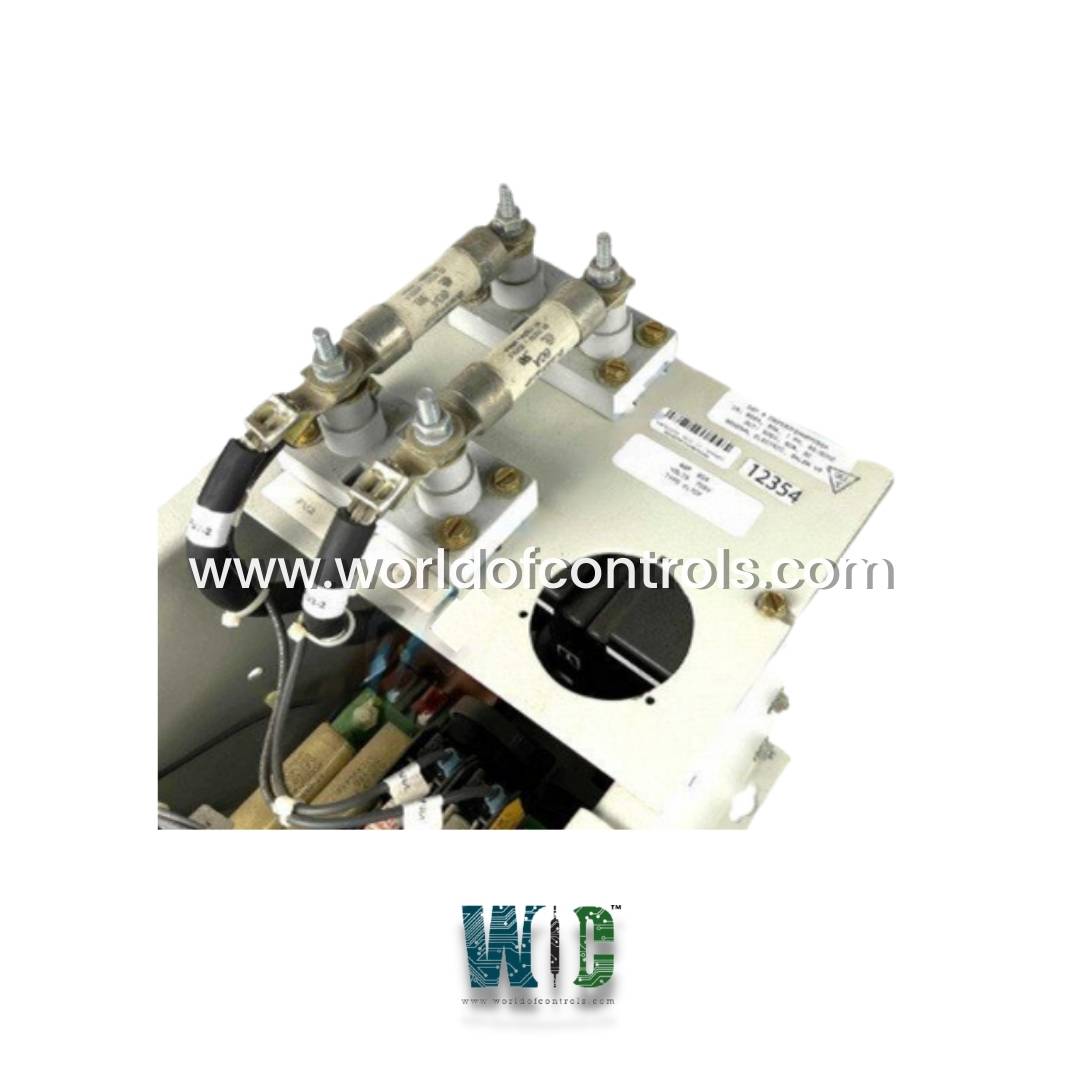
World Of Controls understands the criticality of your requirement and works towards reducing the lead time as much as possible.
DS2020FEANRP025A - Field Exciter Communication Module is available in stock which ships the same day.
DS2020FEANRP025A - Field Exciter Communication Module comes in UNUSED as well as REBUILT condition.
To avail our best deals for DS2020FEANRP025A - Field Exciter Communication Module, contact us and we will get back to you within 24 hours.
SPECIFICATIONS:
Part Number: DS2020FEANRP025A
Manufacturer: General Electric
Series: EX2000
Product Type: Field Exciter Communication Module
Number of channels: 12
Common Mode Voltage Range: +5 V dc
Maximum Lead Resistance: 15Ω
Analog output current: 0-20 mA
Operating temperature: -30 to 55 °C
Size: 8.26 cm high x 4.16 cm
Repair: 3-7 Day
Availability: In Stock
Weight: 2 lbs
Country of Origin: United States
FUNCTIONAL DESCRIPTION:
DS2020EXTYG3 is a Field Exciter Communication Module manufactured and designed by General Electric as part of the EX2000 Series used in GE Excitation Control Systems. An Exciter Communication Module, also known as an Exciter Modem, is a device used in the field of radio communications. It is typically used in radio transmitters to modulate the carrier wave with the desired information or data. In radio communication systems, the exciter is responsible for generating the radio frequency signal that will be transmitted. The exciter communication module is a key component within the exciter, and its main function is to encode the audio, video, or data signals onto the carrier wave. The exciter communication module typically consists of various components such as a modulator, demodulator, filters, amplifiers, and signal processing circuits. The modulator is responsible for combining the carrier wave with the audio, video, or data signals, while the demodulator extracts the information from the received signals.
FEATURES:
Modulation Techniques: Exciter communication modules support various modulation techniques such as amplitude modulation (AM), frequency modulation (FM), phase modulation (PM), or a combination of these techniques. The module should be capable of modulating the carrier wave with the desired audio, video, or data signals.
Frequency Range: The module may support a specific frequency range based on the intended application. This range can vary from a few kilohertz (kHz) to several gigahertz (GHz), depending on the system requirements.
Bandwidth: The module should have sufficient bandwidth to accommodate the desired signal and data rates. The bandwidth requirement will depend on factors such as the modulation scheme and the information being transmitted.
Signal Processing: Exciter communication modules often include signal processing capabilities to enhance the quality and reliability of the transmitted signal. This may involve filtering, amplification, equalization, or noise reduction techniques.
Control and Monitoring: The module may provide control and monitoring capabilities to allow for system configuration, adjustment of parameters, and monitoring of performance. This can be done through user-friendly interfaces such as LCD displays, buttons, or software-based interfaces.
WOC has the largest stock of GE Excitation Gas Turbine Control System Replacement Parts. We can also repair your faulty boards. WORLD OF CONTROLS can also supply unused and rebuilt backed-up with a warranty. Our team of experts is available round the clock to support your OEM needs. Our team of experts at WOC is happy to assist you with any of your automation requirements. For pricing and availability on any parts and repairs, kindly get in touch with our team by phone or email.
FREQUENTLY ASKED QUESTIONS:
What is a communication module?
A communication module is a device or component that enables communication between different systems, devices, or networks. It typically facilitates data transmission, reception, and exchange of information.
What are the common applications of communication modules?
Communication modules are used in various industries and applications, such as industrial automation, IoT (Internet of Things), telecommunications, wireless networks, automotive systems, and more. They enable connectivity and data transfer in these contexts.
What are the advantages of using communication modules?
Communication modules provide several benefits, including enhanced connectivity, improved data exchange, real-time monitoring, remote control capabilities, increased efficiency, and integration with existing systems. They can enable seamless communication between different components or systems within a larger infrastructure.